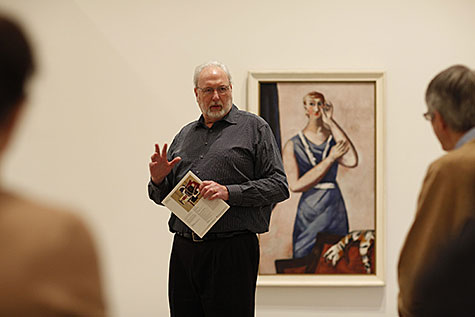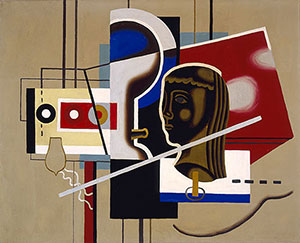
The early 20th century saw a series of revolutions in Western society and art.
Innovations in mass production and transportation laid the groundwork for modern global capitalism, just as World War I brought industrial efficiencies to the business of slaughter.
In the visual arts, Cubism’s aggressive fracturing of space and time echoed the instabilities proposed by quantum physics and relativity. The rise of abstraction challenged the aesthetic centrality of the human figure.
“Utopian conviction about the promise of artistic abstraction was widespread,” says John Klein, associate professor of art history and archaeology in Arts & Sciences. And yet, “It turns out that, in the interwar years, the body was the site of a great deal of consequential artistic activity.”
So argues Face and Figure in European Art, 1928-1945, which Klein recently curated for the Mildred Lane Kemper Art Museum.
Drawn largely from the permanent collection, Face and Figure complements the museum’s Georges Braque and the Cubist Still Life, 1928–1945, also now on view. In all, it collects 55 works in a variety of media — by Max Beckmann, Max Ernst, Paul Klee, Fernand Léger, Joan Miró, Henry Moore, Pablo Picasso and others — that together explore the stubborn persistence, and continuing relevance, of the human image.
